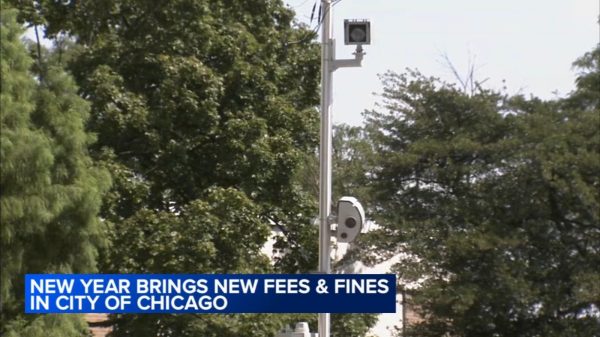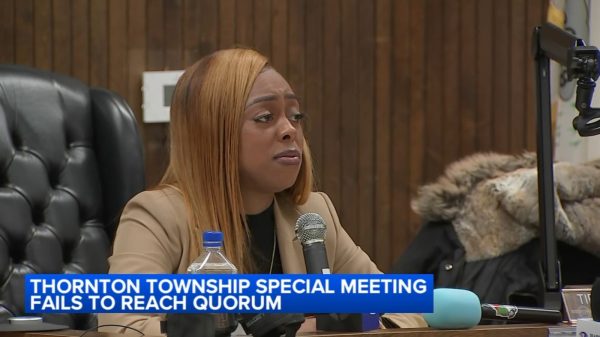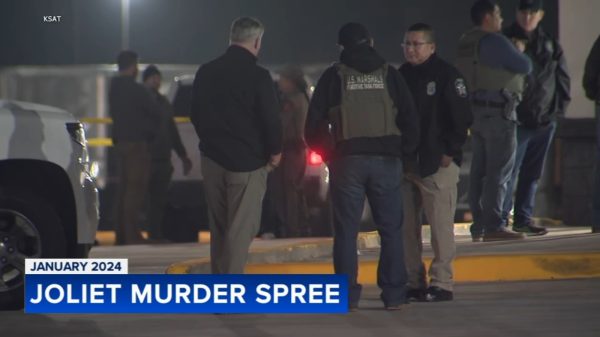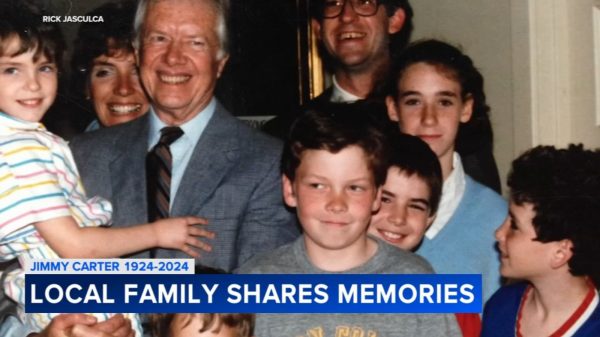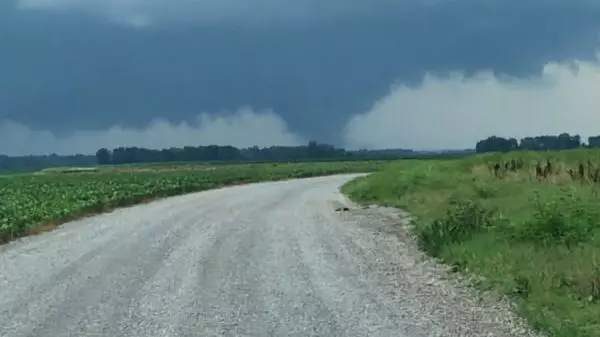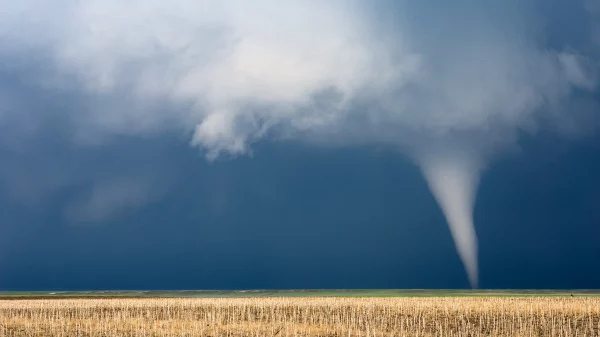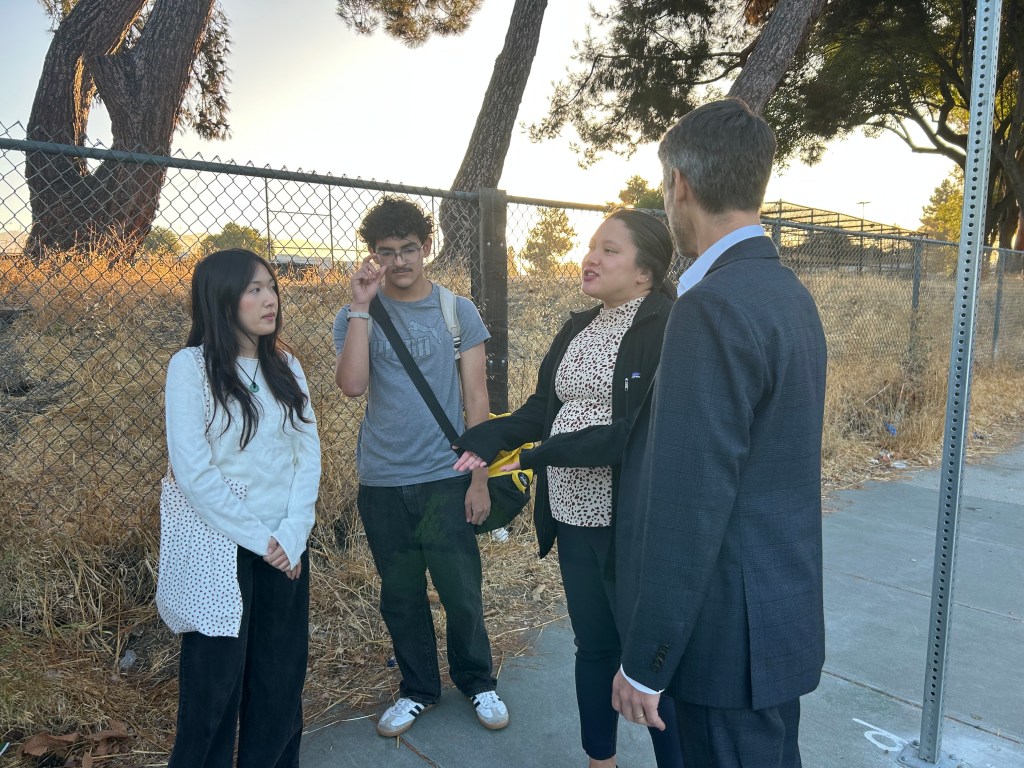
Just last year, stretches of Educational Way outside a San Jose charter high school were littered with RV’s garbage, and needles, occasionally provoking tense interchanges between students and homeless residents.
Today, the difference is night and day. Students can now walk and bike to KIPP San Jose Collegiate without the uneasiness that haunted them over the past year.
“Students told us they felt unsafe,” San Jose Mayor Mahan said outside KIPP San Jose Collegiate Wednesday. “They had break-ins, drug paraphernalia, just a lot of challenges just getting on and off campus. We have a responsibility for ensuring that all of our young people feel safe going to school (and) that they are free to get a high-quality education and realize their full potential. There shouldn’t be anything like that getting in the way of a good education.”
Concerns raised by students last year compelled officials to collaborate on crafting ordinances restricting the locations of encampments and large vehicles. The city laws passed in April created 150-foot buffer zones around schools for encampments and bestowed greater power to city officials to tow large or oversized vehicles.
San Jose previously established guidelines in 2021 that gave law enforcement additional discretion on when it could abate encampments.
Several school districts applauded the city’s decision to create safety zones, citing their own issues with large vehicles and encampments near campus.
“Our students and staff have been negatively impacted,” Alum Rock Board Member Minh Pham wrote to the City Council earlier this year. “Many of those living in encampments have threatened students as they walk to school, engaged in inappropriate behavior around yard duty staff and have damaged school property.”
As part of the ordinance that the City Council approved in April, the city elected to create a pilot program to test out enforcing the new rules around three San Jose school campuses: Shirakawa Elementary School, Independence High School, which KIPP operates on, and the Challenger School — Berryessa.
“I did stand outside on the corner to wait for my parents to pick me up and sometimes it was a little uncomfortable,” said Angelly Nguyen, a junior at KIPP San Jose Collegiate. “I’m sure it was uncomfortable for all the students who were walking and biking to school, too, because you would have to pass by strangers living right outside your campus and live in fear of being approached by them out of nowhere when you are already having a long-day coming out to school.”
Although Mahan said his goal was to scale the project so that the city could enforce buffer zones around every school, he said it would take a “year or multi-year process” to make it happen.
“We have to look at our budget resources as we analyze what it costs to implement this but what I’m told preliminarily is that the costs weren’t too high. We were able to basically let people living in RVs understand what the rule is, why we’re creating a buffer zone, how large it needs to be (and) we do need to add signage.”

